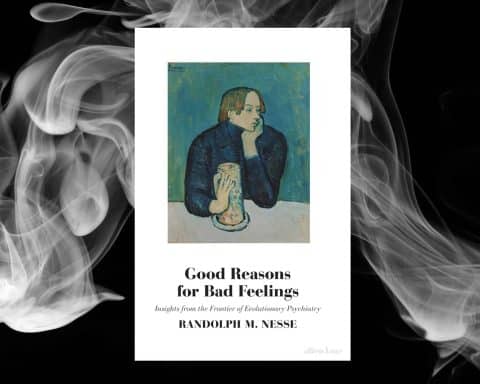Saul Miller is a GP in Wooler, Northumberland.
After a storm, the sand shifts. Amazing volumes appear and disappear from areas of the beach. Dunes are sliced away, leaving sand-cliffs. Others newly appear. Rock and the keel-spines of old wrecks are exposed that I never knew lay there at all.
Medicine feels like this too. Certainly there are storms, such as that caused by COVID-19, but other winds disturb the sands too. Others, expected to do so, fail to alter the landscape at all.
My thoughts about this were triggered by a colleague’s comment on the Mental Health Transformation programme.1 Driven by national funding since April 2021, the aim of the programme is to ‘deliver new and integrated models of primary and community mental health care’. A seemingly endless number of meetings and workshops have yielded an absence of any visible difference from our primary care perspective, he commented. Indeed, we agreed that evolving triage systems have placed services even further beyond our patients’ reach.
Triage: here is a wind that has changed the landscape. A French word by origin, meaning to sort according to quality, it first gained its medical meaning in the first world war, being used on the battlefield to decide who was potentially salvageable and who not. Though the military have continued to evolve it, into what is now a highly refined approach that has accompanied dramatic improvements in survival for wounded soldiers, its widespread use beyond emergency and mass casualty environments is recent.
It is both a beauty and a curse that triage is algorithmic. The beauty is that it keeps decision making explicit about who can be helped, and where. The curse is that it can be used to set limits on who will be helped: notice the subtle shift here from ‘who can’ to ‘who will’.
It is this ability to use triage to place limits on who a service will help that appears to have driven its dramatic rollout in the past decade. An example: all mental health referrals in my area are now triaged, with many being rejected. Triage is therefore not being used as a system tool but as a way for parts of the system to build walls, isolating themselves from whatever turmoil is blowing around outside. Your dune may disappear tonight but mine is safe.
Of course, mental health services are facing many pressures but the rise in autism and associated conditions such as ADHD (attention-deficit hyperactivity disorder) is certainly one factor. Amazingly, the number of people in England awaiting an assessment rose by 47% in the year to June.2
With the rising tide of autism and ADHD comes pressure on organisations affected individuals study and work in. Schools, universities, and places of work are being forced rapidly to adjust to these new forms of disability that challenge so much of existing organisational cultures. The World Health Organization says autism is: ‘characterized by some degree of difficulty with social interaction and communication’.3 What is unclear is what are reasonable adjustments in this context. Or more particularly, the limits: what is it unreasonable to expect?
With this, comes a question about the purpose of diagnosis itself.
Increasingly, new diagnostic categories are drawn broadly enough that they often become fundamentally descriptive, with minimal attention to their utility.4 At one end of the autism spectrum there is no denying that there is serious medical dysfunction and treatments needed to help manage that, but at the other end it fades into personality traits for which a medical diagnosis may not have any useful link with treatment or prognosis.
It is not just psychiatry that suffers this existential difficulty. Ask yourself is obesity a lifestyle choice, a disability, or a disease?5–7 If all three, where are their boundaries?
I see the sand still shifting.
References
1. NHS England. Community mental health services. https://www.england.nhs.uk/mental-health/adults/cmhs (accessed 11 Dec 2023).
2. National Autistic Society. Autism assessment waiting times. https://www.autism.org.uk/what-we-do/news/autism-assessment-waiting-times (accessed 11 Dec 2023).
3. World Health Organization. Autism. https://www.who.int/news-room/fact-sheets/detail/autism-spectrum-disorders (accessed 11 Dec 2023).
4. Maj M. Why the clinical utility of diagnostic categories in psychiatry is intrinsically limited and how we can use new approaches to complement them. World Psychiatry 2018; 17(2): 121–122.
5. Jung RT. Obesity as a disease. Br Med Bull 1997; 53(2): 307–321.
6. Ells LJ, Lang R, Shield JPH, et al. Obesity and disability — a short review. Obes Rev 2006; 7(4): 341–345.
7. Entezari M. The effectiveness of treatment based on ‘Choice Theory’ on improving the lifestyle of women suffered from obesity. J Health Promotion Management 2015; 4(2): 1-6.
Featured photo by Jan Kopřiva on Unsplash.








